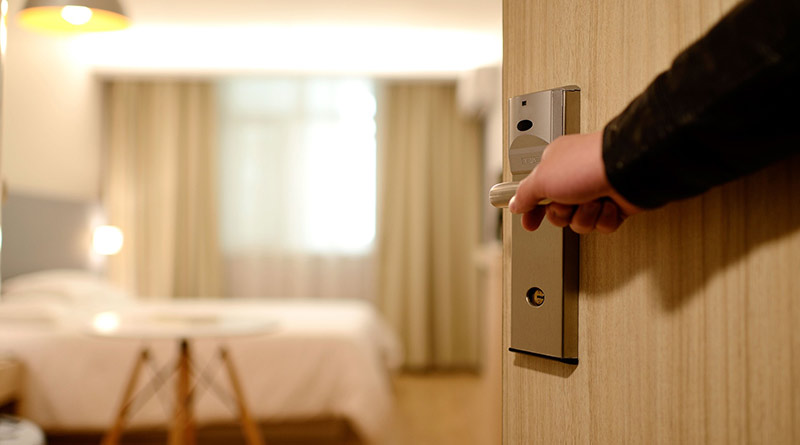UK Hotels Perform Better Than Expected In November

Occupancy and room rates of UK hotels held up better than expected in November. Despite following seasonal trends and declining slightly, both indicators outperformed the same period in 2022, according to the RSM Hotels Tracker.
The data, which is compiled and produced by Hotstats and analysed by RSM UK, shows occupancy was down from 79.2% in October to 76.8% in November in the UK and from 81.9% to 80.8% in London. Although occupancy is yet to reach pre-pandemic levels, it surpassed those seen last November in both the UK (75.2%) and London (77.5%).
Average daily rates (ADR) of occupied rooms in the UK decreased from £150.70 (October) to £146.76 (November) and from £228.04 to £223.87 in London. These rates are ahead of the rates charged in November 2022, at £139.32 in the UK and £217.85 in London.
Revenue per available room (REVPAR) declined from £119.25 (October) to £112.77 (November) in the UK and from £186.73 to £180.81 in London. However, REVPAR was up 7.7% (UK) and 7.1% (London) on the same period in 2022, exceeding current inflation rates. Gross operating profits fell slightly in the UK at 37.1% (October) to 35.2% (November) and remained relatively flat in London from 42.8% to 42.0%.
Chris Tate, head of hotels and accommodation at RSM UK, said: ‘The hotel sector performed relatively well in November, with room rates and occupancy holding up better than expected for this time of year and particularly considering the continued squeeze on household budgets. This was helped by early festive celebrations and companies holding Christmas parties which provided a welcome boost to food and drink revenues. We expect this to be evident in the December results too.
‘A number of economic indicators showed positive signs of improvement during the month, including an uptick in retail sales figures and the easing of inflation. Uncertainty remains but things are heading in the right direction, as consumer confidence gains traction. However, while labour costs continued flatlining in November, the real pain will come in April when the rise in national minimum wage kicks in and hoteliers need to factor in this steep increase in costs.’
Thomas Pugh, economist at RSM UK: ‘Amid the cost of living crisis and the recent period of economic malaise, consumers have generally continued to prioritise spending on experiences, such as hotels and restaurants over spending on retail goods. Indeed, output in the accommodation and food services sector is about 2% above its 2019 level, while retail activity is about 2% below it.
‘This strength in spending on hotels appears to have continued in November with hotel occupancy remaining relatively resilient.
‘Looking ahead, the first six months of this year are likely to remain tough with high interest rates dragging on economic growth and inflation remaining well above target. However, things look brighter in the second half of this year. The inflation rate will probably fall to around the 2.5% range, which will allow the Bank of England to start cutting interest rates. At the same time real earnings growth will continue to rise and there is the distinct possibility of further tax cuts coming in March. All this would mean more consumer spending, which will be a positive for the hotel and travel sector.’
